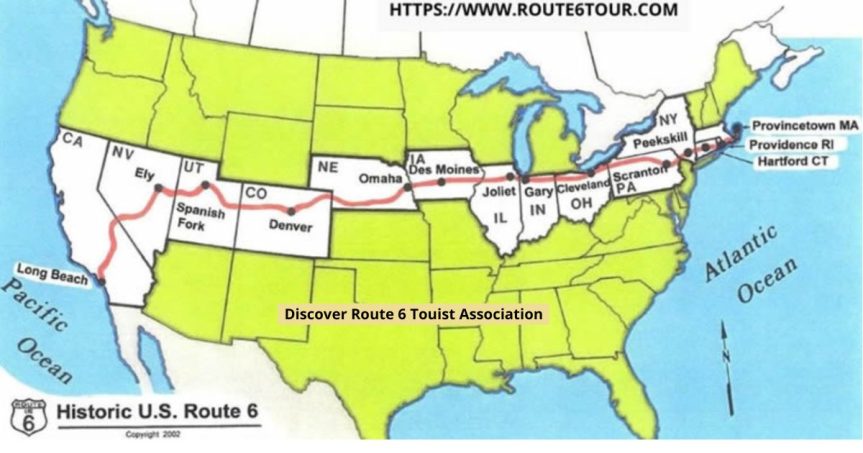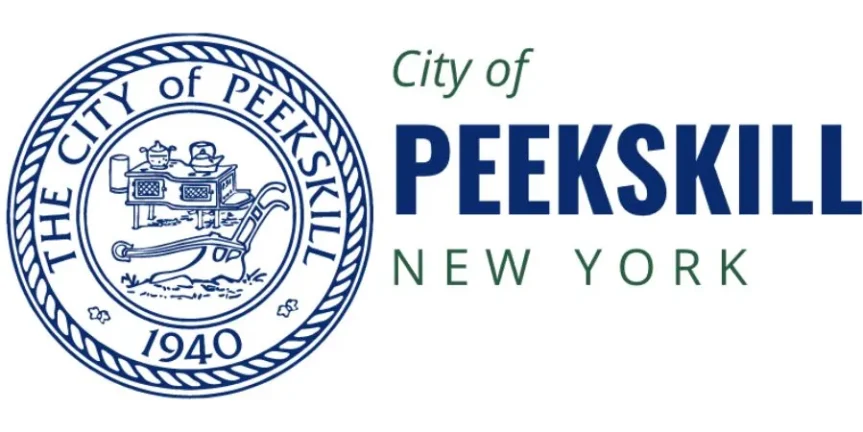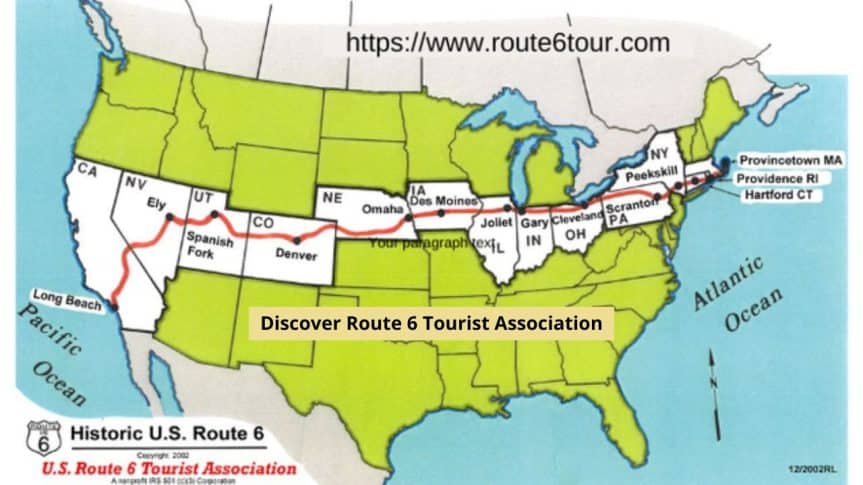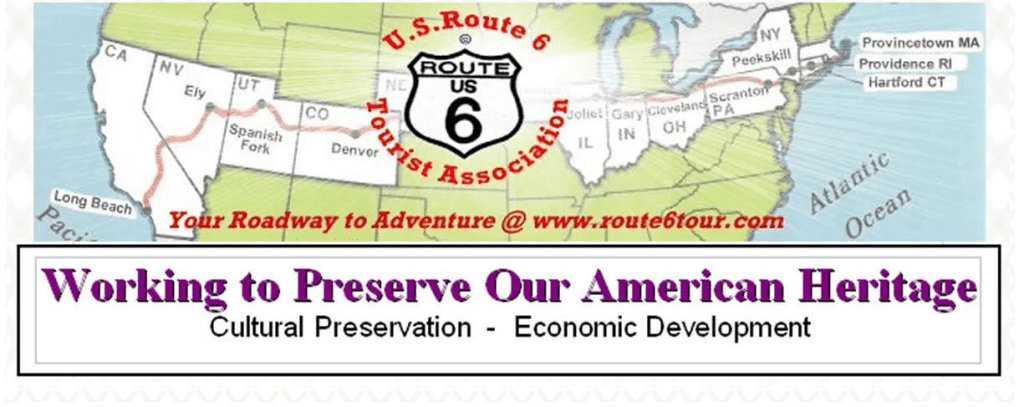Carmel NY’s Rich Tapestry of History Awaits Your Discovery
Nestled in the heart of Putnam County, Carmel, NY, is more than just an idyllic town on Route 6. Its history spans centuries, painting a vivid picture of American resilience and transformation. Whether you’re a local history enthusiast, a curious resident, or a tourist seeking intriguing destinations, Carmel’s rich past has something to offer.
In this blog post, we’ll explore the captivating history of Carmel, NY. From its early settlements and pivotal role in the American Revolution to its industrial growth and modern-day charm, you’ll uncover the stories that shaped this remarkable town.
The Early Days
Founding and Significance of Early Settlements
Carmel’s story begins in the early 18th century when European settlers were drawn to the region’s fertile lands and abundant resources. The town was officially founded in 1795, named after Mount Carmel in Israel, symbolizing a place of beauty and tranquility.
One of the earliest settlements was Mahopac, part of Carmel today. The settlers established farms, mills, and trading posts, laying the foundation for the town’s growth. The rich soil and proximity to major trade routes attracted more settlers, fostering a thriving agricultural community.
By 1812, Carmel became the seat of Putnam County, solidifying its importance in the region. The early settlers’ hard work and determination paved the way for Carmel’s future prosperity.
Carmel in the American Revolution
Key Battles and Historical Figures
Carmel played a significant role during the American Revolution. Its strategic location made it a vital hub for military operations. The town’s residents were deeply involved in the fight for independence, contributing to key battles and supporting the Continental Army.
One of the notable figures from Carmel was Colonel Henry Ludington, a local militia leader. His daughter, Sybil Ludington, became a hero at just 16 years old when she rode through the night to alert the militia of an impending British attack. Her bravery and determination are commemorated with a statue in Carmel, reminding us of the town’s patriotic spirit.
The Revolution left an indelible mark on Carmel, shaping its identity and instilling a sense of pride that endures to this day.
The 19th Century Transition
Industrialization and Community Growth
The 19th century brought significant changes to Carmel as industrialization swept across America. The construction of the Croton Turnpike in 1817 and the Harlem Railroad in the mid-1800s transformed the town into a bustling transportation hub.
Industry began to flourish, with mills, factories, and businesses springing up along the new transportation routes. The increased connectivity allowed Carmel to export goods and attract new residents, leading to rapid community growth.
Carmel’s picturesque landscapes and serene environment also drew visitors seeking respite from city life. The development of hotels, inns, and recreational facilities turned Carmel into a popular destination for tourists, further boosting the local economy.
The 20th Century and Beyond
Modernization and Cultural Developments
The 20th century marked a period of modernization for Carmel. Improved infrastructure, including better roads and public services, enhanced the quality of life for residents. The town embraced technological advancements while preserving its historical charm.
Cultural developments flourished as well. Carmel became a hub for artistic and cultural endeavors, hosting events, fairs, and exhibitions that celebrated its heritage. The community’s commitment to preserving its history while embracing progress created a unique blend of tradition and innovation.
The establishment of educational institutions, libraries, and community centers further enriched the town’s cultural fabric, making Carmel a vibrant place to live and visit.
Notable Landmarks and Historical Sites
A Journey Through Time
Carmel is home to numerous landmarks and historical sites that offer a glimpse into its storied past. These sites serve as tangible reminders of the town’s heritage and provide visitors with a deeper understanding of its history.
One such landmark is the Putnam County Courthouse, built in 1814. This historic building stands as a testament to Carmel’s role as the county seat and its judicial history. The courthouse continues to be a focal point of the town, hosting important legal proceedings and community events.
The Sybil Ludington Statue, located near Lake Gleneida, honors the young heroine’s courageous ride during the Revolution. This iconic statue attracts visitors from near and far, serving as a symbol of bravery and patriotism.
Additionally, the Reed Memorial Library, established in 1914, is a cultural gem that has been serving the community for over a century. Its beautiful architecture and extensive collection of books make it a cherished institution for residents and visitors alike.
Community Engagement and Preservation Efforts
Keeping History Alive
Carmel’s commitment to preserving its history is evident through various community engagement and preservation efforts. Local organizations and historical societies work tirelessly to protect and promote the town’s heritage.
The Carmel Historical Society plays a crucial role in preserving artifacts, documents, and photographs that showcase the town’s history. Their educational programs and exhibits provide valuable insights into Carmel’s past, ensuring that future generations can appreciate its legacy.
Community events such as historical reenactments, guided tours, and lectures further engage residents and visitors, fostering a sense of pride and connection to Carmel’s history. These initiatives not only keep history alive but also strengthen the community’s bond.
Carmel Today
A Look at Modern Life and the Town’s Significance
Today, Carmel is a thriving town that seamlessly blends its rich history with modern amenities. The town’s picturesque landscapes, vibrant community, and welcoming atmosphere make it a desirable place to live and visit.
Carmel’s schools, parks, and recreational facilities provide residents with a high quality of life. The local businesses, restaurants, and shops contribute to a bustling economy, offering a wide range of services and experiences.
The town’s significance extends beyond its historical roots. Carmel continues to evolve, attracting new generations who appreciate its unique charm and sense of community. Whether you’re exploring its historical sites, enjoying outdoor activities, or participating in community events, Carmel offers something for everyone.
Conclusion
The Enduring Legacy of Carmel NY
Carmel, NY, is a town steeped in history, where the past and present coexist harmoniously. From its early settlements and Revolutionary War contributions to its industrial growth and modern-day vibrancy, Carmel’s story is one of resilience and progress.
For local history enthusiasts, community residents, tourism seekers, and Route 6 explorers, Carmel offers a captivating journey through time. Its landmarks, preservation efforts, and sense of community ensure that its legacy endures.
Discover the rich tapestry of Carmel’s history for yourself. Explore its landmarks, engage with its community, and experience the enduring charm of this remarkable town.




